Keep in mind that this design came from the Intel 80386, released in 1985, and is essentially unchanged since then.
A page table entry is 4 bytes. If you need 2^20 page table entries, that's 4 MiB of memory for your page table alone. That might seem reasonable to you today, but by 1985 standards that's outrageous. Memory in those days cost something like $1000 per megabyte, and most people were used to having 640K or less.
Furthermore, if you're going to use multitasking, which was the major advance of the 386, you need a separate page table for every task. So multiply that $4000 times another big number; Unix users would already have been used to being able to run dozens of processes at a time.
Most processes wouldn't have needed anywhere near 4 GiB of virtual memory: again, hardly anyone had anywhere near that much physical memory, or even disk space. A real memory hog (Emacs, maybe?) might have needed a megabyte or two. With the two-level structure, you only need about as many page table entries as the number of pages of memory you're actually using, plus a bit more for the page directory. Most of the page directory entries won't be needed and can be marked unused, without needing a page table page to point to. So your memory hog now only needs a few KiB for paging overhead.
Sure, it takes a few more cycles to walk the extra level, but it's a reasonable tradeoff for thousands of dollars worth of memory savings. Anyway, the CPU cached page table entries, so it didn't have to walk them in memory very often.
